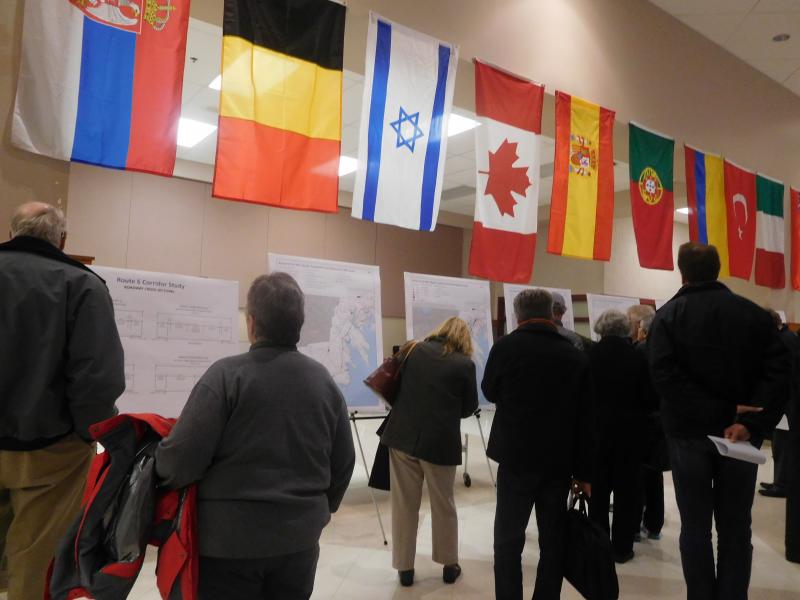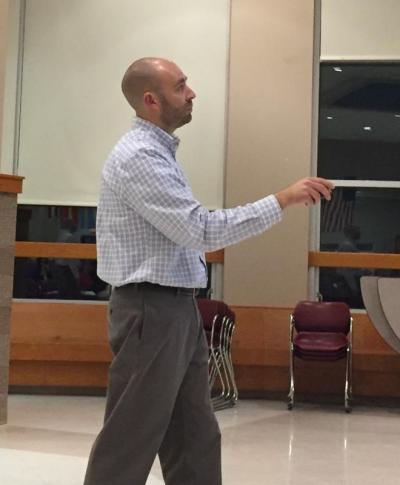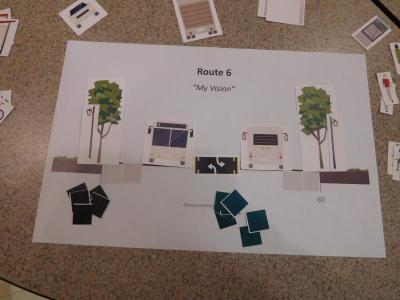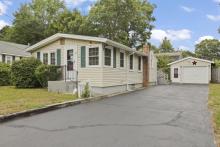Tri-town residents join in on Route 6 survey effort
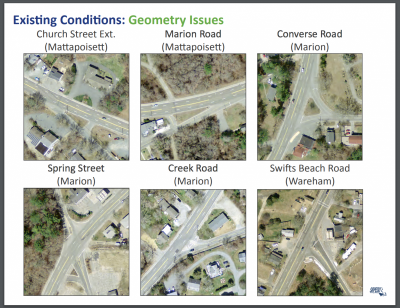
MARION — Tri-town residents weighed in at a Nov. 14 planning meeting to learn how regional planners might manage Route 6, suggest specific sites to survey, or suggest potentially enlightening comparisons on traffic and safety problems on Route 6. That was the community response to a research presentation and request for information given by Jed Cornock.
Cornock opened with some explanation of the Route 6 Corridor Study, which started because of simultaneous requests from Marion, which was putting together its Master Plan, and Mattapoisett, which wanted to survey its downtown area between the lights at Main Street and North Street.
Cornock works for the Southeastern Regional Planning and Economic Development District (SRPEDD), and has been working with a team since spring 2018 to survey the current conditions on Route 6. The first part of his investigation was a survey of traffic data, crashes, pavement conditions, bicycle, pedestrian, and public transportation facilities, land use and zoning.
After that the team presented to stakeholders in the Marion, Mattapoisett, Fairhaven, Wareham (which are also included in the survey), and the Department of Transportation, which owns the road.
Phase two of the survey will focus on trying to project future traffic patterns and rank future improvements.
Planners refer to Route 6 as an urban minor arterial, a road designed to provide the most mobility, other than an interstate. For cars, at least. For cyclists and pedestrians, navigating Route 6 can be difficult.
“People have a tough time walking on the road based on the traffic and small shoulder, and the other issue is the sidewalks are intermittent. People really have a hard time crossing the highway,” Cornock said.
“Biking is possible, but not recommended,” he added, recounting a time when his team was surveying and saw a cyclist sharing lanes with three nearby cars and struggling to turn.
Cornock said that in general trucks make up only five to six percent of the traffic on Route 6.
Still, he wants to allow “people to walk and bike, but then balance that with the trucks and emergency vehicles that have to use the road.”
SRPEDD also categorized delays at prominent intersections, and looked at crash rates and severity. They found that for most intersections the crash rates are below state average, and involve only property damage, not injuries and fatalities. Though there are exceptions.
Cornock noted that across all four towns Route 6 is 70 to 72 percent residential, with between 4 and 11 percent commercial use and between 12 and 16 percent vacant. It’s this vacant land that could prove key as the team starts to investigate the future.
“If you get a large commercial development, it’s going to impact traffic patterns,” Cornock said
Although the survey portion of the project had already received 630 responses as of Nov. 13, Cornock still sought out more feedback.
“If folks are really interested in something we would need to hear it so that we could include it in the recommendations, Cornock explained, noting that although a project like this is a “planner’s playground,” SRPEDD aims to primarily reflect resident preferences.The Wednesday meeting had about 40 people, and offered a good chance to get resident feedback.
In comments at the end of the presentation some residents tried to understand how traffic is managed, including one resident who asked about standards for speed limits based on sidewalks being extremely close to the road, as they are on Route 6.
Other residents suggested specific sites to survey, since SRPEDD did add several intersections to its data collection base on early resident feedback. One suggestion that came up was the soccer fields along Route 6, which get extremely congested after games and often require the police to manage traffic.
Other residents were able to use their experience to suggest potentially enlightening comparisons on traffic and safety problems on Route 6.
“Is it normal for there to be a four lane road with so much residential property around it?” Bonnie DeSousa asked.
Cornock responded that he had not thought to do a comparison of similar roads, but generally four lane roads are much more commercial than Route 6.
To fill out a survey, visit www.srpedd.org.



